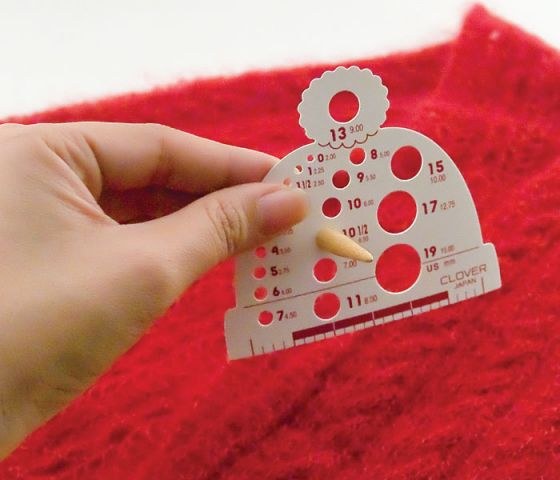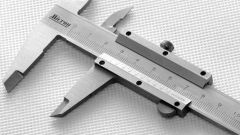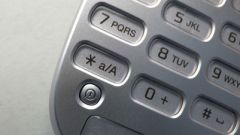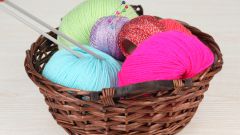You will need
- - the spokes;
- - calibrator for the spokes;
- - the range;
- - bobbin thread (up to 10 cm).
Instruction
1
Spokes is a simple device for hand knitting. There are many diverse spokes, which are subdivided into straight (2 PCs or 5 PCs) and circular. Direct in turn there are long and short, and with two pointed ends or with one (the second is limiting). Circular spokess are usually short and are connected by a fishing line, whereby the load is removed from the hands of knitters. It also enables more convenient knitting and fitting. However, all the spokess in common is that they have set the calibration so you can accurately reproduce the proposed scheme and patterns.
2
The thickness of the spokes is fundamental in the choice of tools for knitting. It is denoted by a specific numberthat shows the actual diameter is measured in millimeters. For example, the spokess No. 3 have a diameter of 3 mm, and the spokesAh, No. 10 diameter 10 mm. When choosing spokes pay attention to the country of origin (they have their own calibration), and the knitting instructions conditions. To avoid confusion there is a table of calibration spokes in different countries, which would be nice to have for work.
3
To determine the number of spokes in several ways. Ideally, it is advisable to purchase a calibrator for the spokes, which is a plastic stencil or a ruler. They are round holes of different diameters, with the specified next size. In order to properly determine the number, insert it in the hole of the spokes, which should pass freely without getting stuck. During calibration actions produce carefully, without physical efforts. Otherwise, after a wrong manipulation holes may eventually expand and thus lose their accuracy.
4
If you do not have a calibrator, you can specify the number of spokes means at hand. Take ordinary bobbin thread up to 10 cm long Clasp your thread spokestight and tighten its ends. Then gently expand them and measure the string with a ruler to twisted fragments. Of course, an accurate result of this method does not, since the resulting value may have little room for error. However, this usually does not affect the quality of the knitting.





